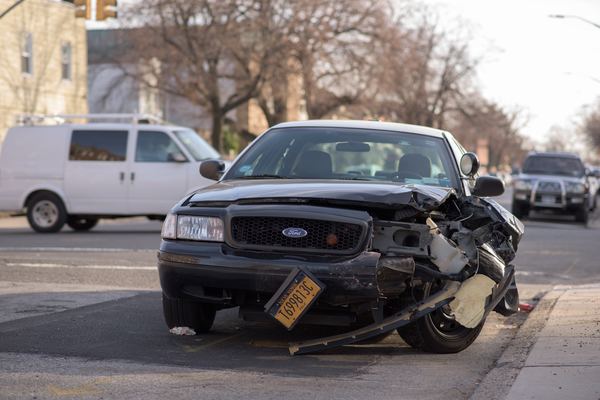What You Need to Know About Rear-End Accident Liability
Rear-end accidents are the most common types of auto accidents. If you have been injured in a rear-end accident, it is imperative to contact a Pride Legal Auto Accident Attorney to get the maximum compensation for your injuries. Proving the other driver’s negligence is imperative after a rear-end collision. Here’s how to prove rear-end accident liability.
In most cases, the striking driver will be at fault for the accident, regardless of if the first driver suddenly stopped or slowed down. This is because California traffic laws mandate that drivers must be able to come to a safe stop if the vehicle in front of them suddenly stops or slows down.
In order to prevent rear-end collisions, traffic laws mandate that drivers must always keep a safe distance from the cars in front of them. If the subsequent driver could not come to a safe stop, it is likely that he or she did not keep a safe distance from the first driver. This would make the subsequent, negligent driver liable.
Do The Damages Lie?
Damages inflicted upon a vehicle due to a rear-end collision can give great insight into the circumstances leading up to the incident. A vehicle’s damages often serve as great evidence when proving a driver’s negligence and liability. If the first vehicle’s backend and the subsequent vehicle’s frontend are damaged after an accident, a rear-end collision is evident. Rear-end collisions typically have the same outcome, in which the subsequent driver is considered liable due to his or her negligent actions.
What If a Car Hit Me, Pushing My Car Into the Car In Front of Me?
In some multi-car accidents, a third car hits a middle car, causing the middle car to be pushing into the back of the first car. Although these cases are often more complicated, the liable driver is usually evident.
In these cases, the third car driver would be liable for the accident. The middle and front cars would seek compensation from the at-fault driver’s liability insurance policy.
The middle car driver is almost always legally protected in multi-car rear-end collisions. This is because the initial collision caused the secondary collision to occur. And because the third driver was liable for the initial collision, he or she would be liable for the secondary collision.
Is The Last Car In Line Always Liable for Rear-End Collisions?
The last driver in line is not always at fault for a rear-end collision. For example, picture three cars in a row. Suppose the first car comes to a sudden stop. The middle car subsequently comes to a sudden stop, avoiding collision with the front car. But, suppose the last car in line still rear ends the middle car.
Would the third car be liable for the accident? In this situation, the striking would have a viable claim against the driver who caused the sudden stop.
Involved in a rear-end collision? Call a Pride Legal Auto Accident Attorney today!
I Was Rear-Ended. Can I Be Partially At-Fault?
If you were rear-ended in a car accident, you may be hold partial liability. This is likely if the rear-ended driver’s negligence caused or affected the accident in any way. Negligence can be considered faulty brake lights, a blown tire, or distraction.
Contact Pride Legal
If you or a loved one has been involved in a rear-end collision, we invite you to contact us at Pride Legal for legal counseling or any further questions. To protect your rights, hire someone who understands them.

